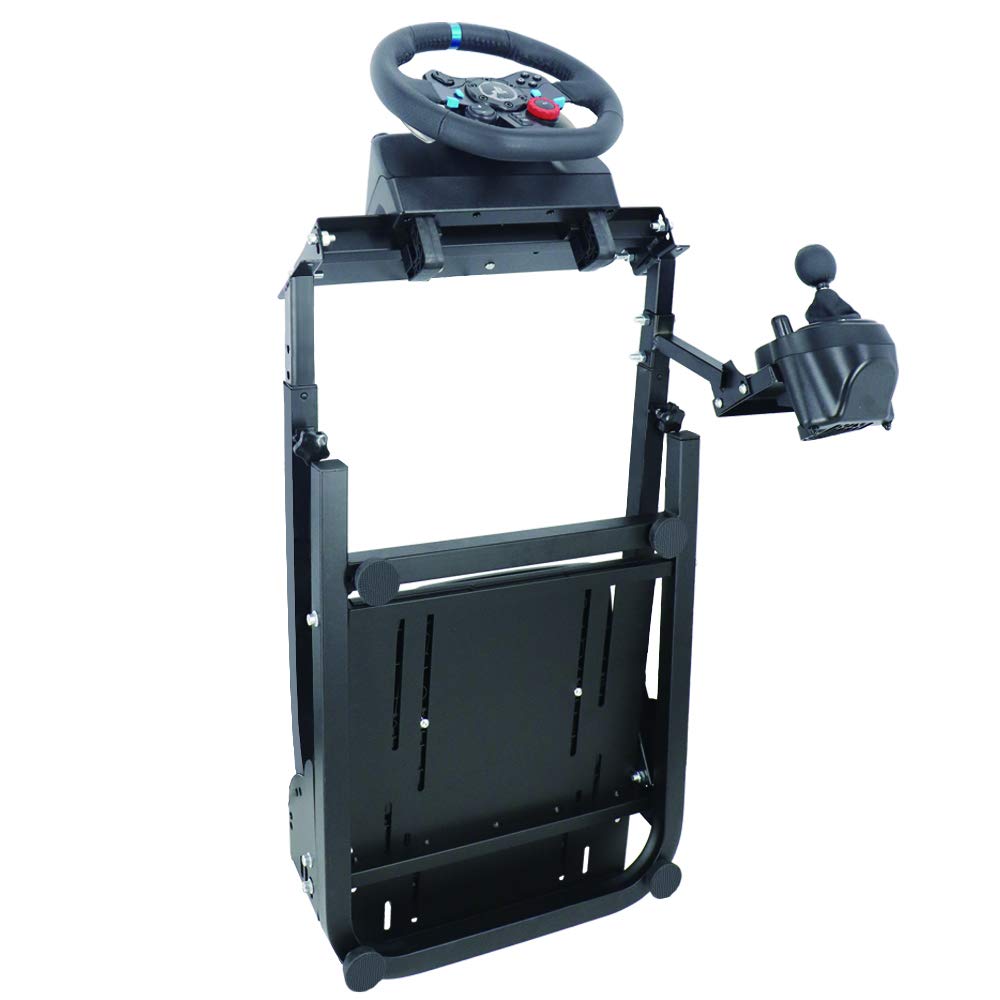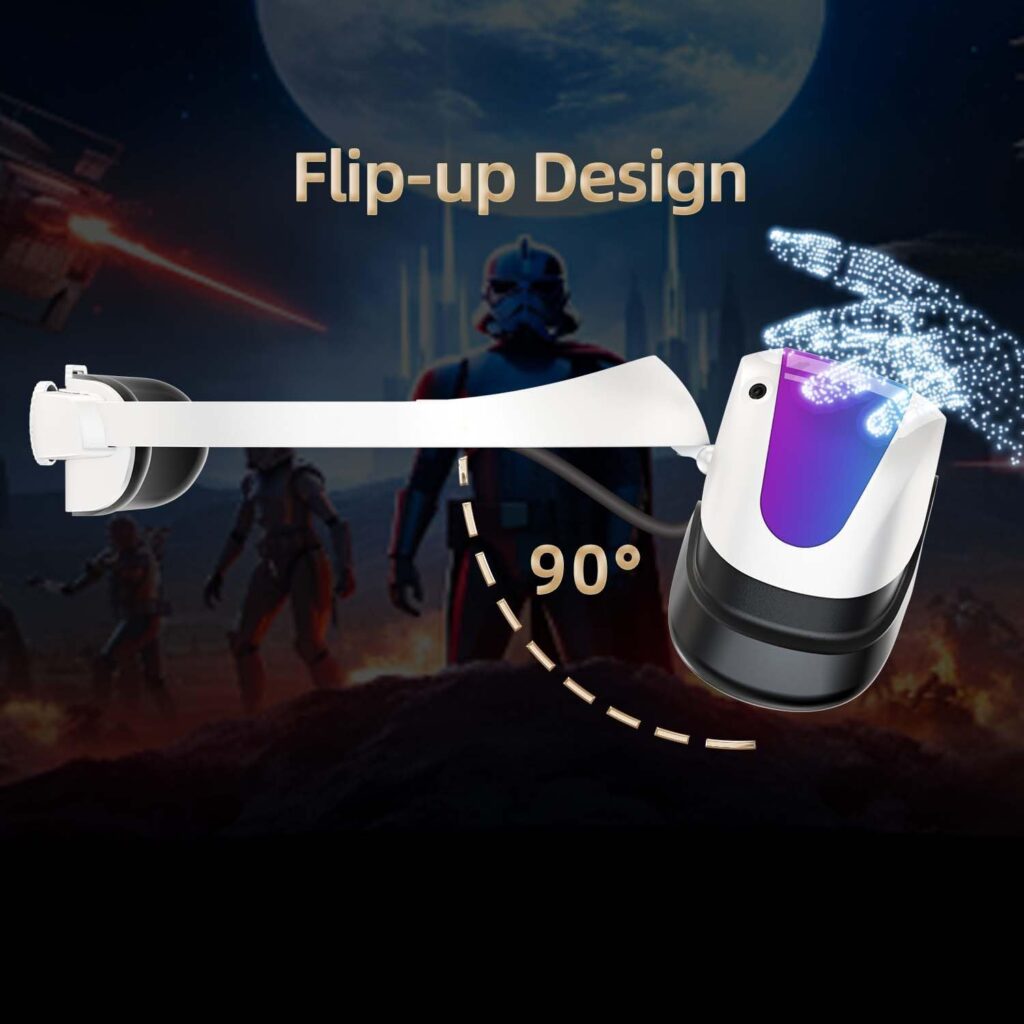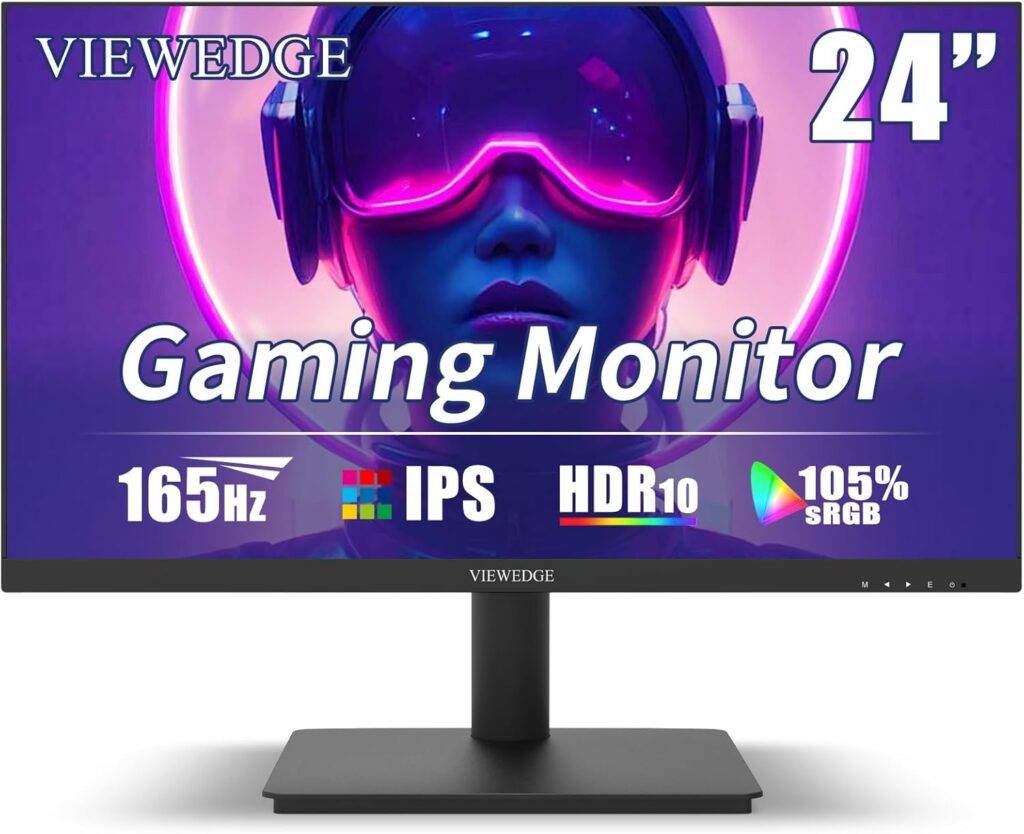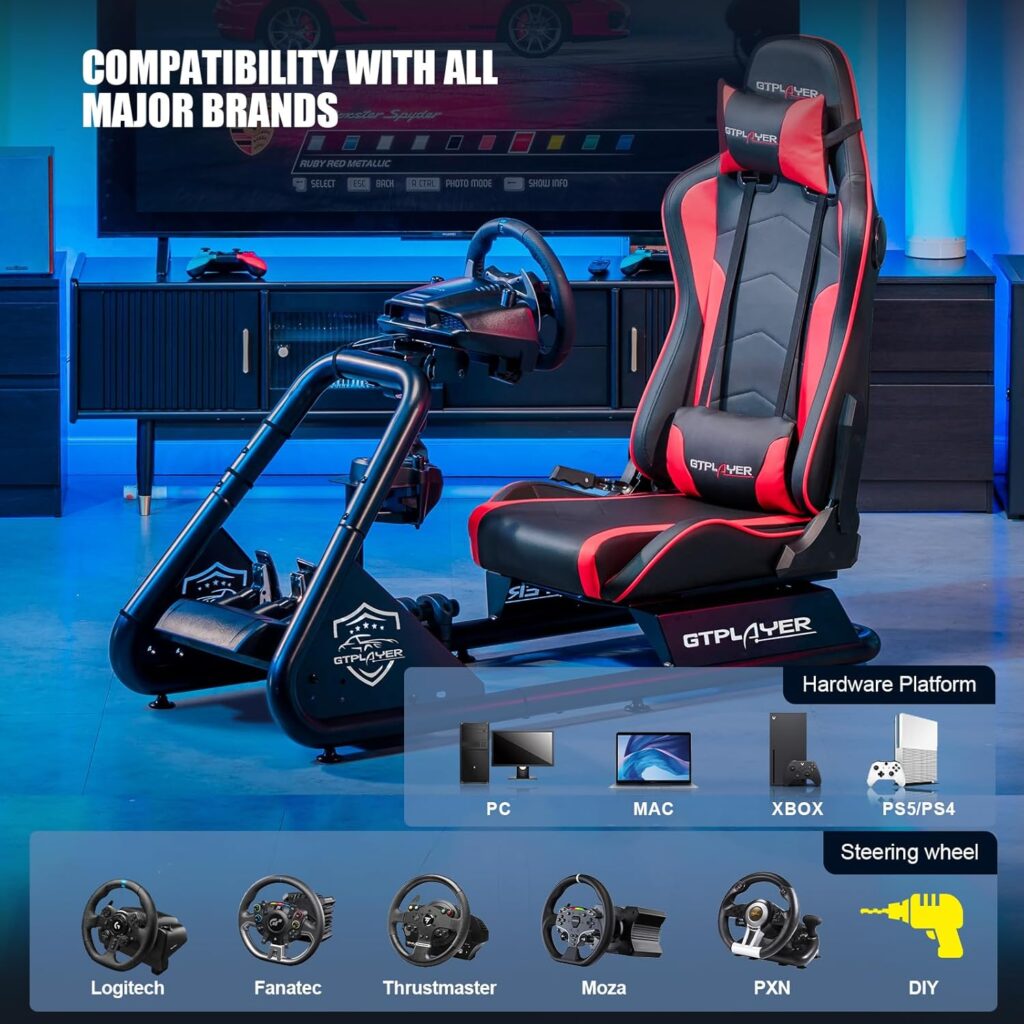Have you ever wondered what it takes to be a skilled and respectful sim racer?
Did you know that sim racing has gained significant popularity in recent years, with over 1 million active players worldwide?
If you're curious about sim racing etiquette and how it contributes to a fair and enjoyable virtual racing experience, then keep reading.
In this discussion, we will explore the different aspects of sim racing etiquette, from pre-race preparations to on-track behavior, blue flag protocol, pit stops, and post-race etiquette.
By understanding and implementing these guidelines, you can enhance your sim racing skills and contribute to a positive and competitive community.
Key Takeaways
- Arrive early and be prepared for the event
- Maintain a safe distance and respect the racing line of other cars
- Yield to faster cars and adjust your racing line accordingly
- Follow pit stop rules and race cleanly to avoid penalties
Pre-Race Etiquette
To ensure a smooth and professional racing experience, it's important to follow proper pre-race etiquette. Before the race, make sure to arrive early for the event and attend all scheduled briefings and calls. This will help you be well-prepared and informed about the race rules and regulations. Additionally, it's crucial to ensure that your sim setup and rig are prepared and free from any hardware issues that could cause delays or distractions during the event.
During practice sessions, use the time to familiarize yourself with the car and the track. This will help you understand the braking points, the optimal racing lines, and the overall behavior of the car. It's also essential to respect other racers' time on the track, giving them space and avoiding any unnecessary collisions.
When it comes to race starts, maintain a safe distance between cars. This will help prevent collisions and allow for a smoother and more enjoyable racing experience for all participants. Spatial awareness is key in close racing situations, so always be mindful of the cars ahead and around you.
Lastly, remember to treat other racers with respect. Adhere to stewards' decisions and accept them gracefully. If you happen to DNF (Did Not Finish), consider staying on as a spectator to show good sportsmanship and support the other racers.
On-Track Behavior
As you transition from pre-race etiquette to on-track behavior, it's crucial to maintain a safe distance between cars during flying laps. This is essential for the safety of all sim racers involved.
When you're approaching a car ahead of you, it's important to be aware of their position on the track and their racing line. Remember to respect their space and avoid making any sudden movements that could cause a collision. Additionally, be mindful of the braking points of the car ahead. Give them enough space and time to slow down without hindering your own momentum.
If you find yourself behind a slower car, exercise patience and wait for an appropriate opportunity to overtake. It's important to remember that sim racing is a dynamic and racy environment, but that doesn't excuse reckless behavior.
Blue Flag Protocol
When a faster car approaches from behind, the blue flag is used to indicate the need for other drivers to yield and allow the faster car to pass safely. This protocol is crucial in sim racing, as it helps maintain fairness and safety on the track.
The blue flag is a signal that should be acknowledged calmly, without causing any issues for the involved cars.
In some racing series, such as the EA SPORTS WRCs powerful and dynamic racing series, backmarkers don't necessarily need to move out of the way. However, it's important that they don't block faster drivers.
As a driver, your goal should be to yield to faster cars by moving off the racing line, allowing them to pass safely. This can be done by adjusting your racing line to let faster cars pass efficiently.
Handling blue flag situations effectively can make a significant difference in your race. By minimizing the time lost and being considerate of faster cars, you can maintain a smooth flow on the track.
Pit Stops and Penalties
After effectively handling blue flag situations, it's important to now discuss the subtopic of 'Pit Stops and Penalties' in sim racing.
Pit stops are an integral part of a race as they allow you to refuel, change tires, and make necessary adjustments to your car. However, it's crucial to follow certain etiquette when it comes to pit stops and penalties.
When entering the pits, be mindful of not overtaking a car that's diving into the pits to avoid cutting in line. Cutting in line can lead to penalties and disrupt the flow of the race. Additionally, consider nearby traffic on the main straight when executing pit exits. It's important to merge back into the race without impeding other drivers.
If two cars enter the pits simultaneously, it's customary to concede the spot to the car that arrived first. This ensures fairness and avoids unnecessary collisions or penalties. It's also important to understand the penalties associated with GT racing and sim racing. Familiarize yourself with the rules and regulations of the specific racing series you're participating in.
Furthermore, automated penalty systems are in place to monitor incidents such as collisions and corner-cutting. It's essential to race cleanly and avoid any behaviors that may trigger these penalties.
Post-Race Etiquette
To ensure a respectful and sportsmanlike atmosphere, it's important to understand the principles of post-race etiquette in sim racing. After crossing the finish line, there are a few key behaviors to keep in mind to maintain a positive and enjoyable experience for all racers involved.
Here are some guidelines to follow:
- Congratulate and acknowledge good performances from other racers. A simple message of recognition or praise can go a long way in fostering a supportive community.
- Avoid unsportsmanlike behavior and show respect towards fellow racers. Remember, everyone is here to have fun and compete fairly.
- Accept victory and defeat gracefully and don't intentionally collide with other cars. Remember that sim racing is about skill and strategy, not about causing chaos on the track.
- Apologize for any mistakes and try to interact with other racers as real individuals. This helps to build camaraderie and create a friendly atmosphere.




